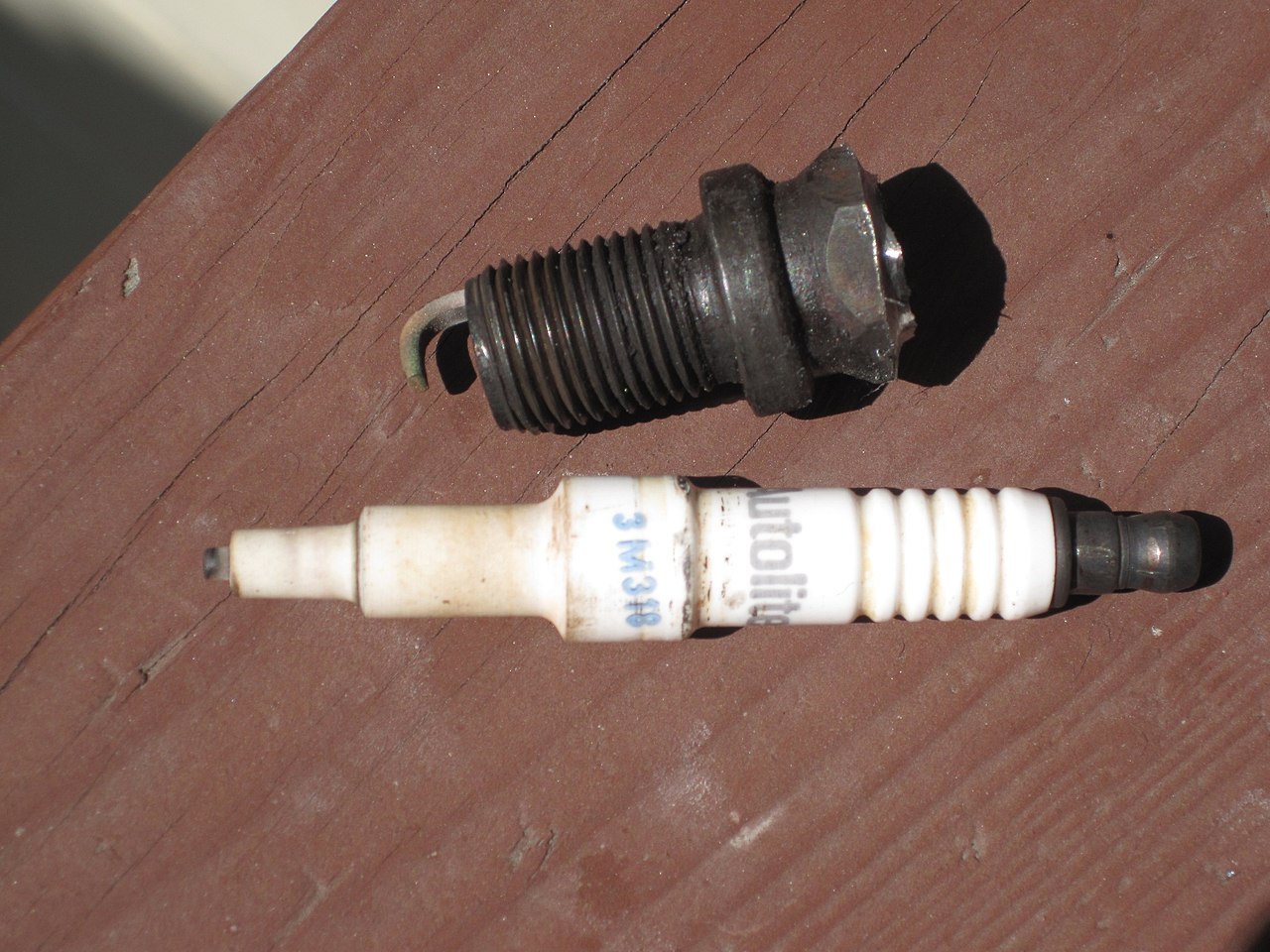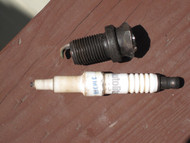The Beginner's Guide to Replacing Your Car's Spark Plugs
28th Mar 2019

Understand Spark Plugs
While small and simple in design, spark plugs play an important role in the function of modern cars and vehicles. Located in the cylinder head, they live up to their namesake by generating a spark of electricity to ignite oxygen and fuel in the combustion chamber. Spark plugs don't last forever, though. Depending on the type of car you own and how frequently you drive it, your spark plugs may last just 10,000 to 30,000 miles. The good news is that you can usually replace them yourself using just a few basic tools.
Check Your Owner's Manual
Before replacing your car's spark plugs, check your owner's manual to determine the specific type of spark plug your car needs. If the owner's manual says copper, only use copper spark plugs. You can always err on the side of caution by replacing your spark plugs with the exact same spark plugs currently in your car. Regardless, your car owner's manual will reveal which type or types of spark plugs are compatible with your car.
Locate the Spark Plugs on the Cylinder Head
When you ready to replace your spark plugs, open your car's hood to access the engine bay. You should be able to easily spot the spark plugs because they are located directly on the cylinder head. Each cylinder of your car's engine has its own spark plugs. To replace the spark plugs, just remove the old ones using a socket wrench with a spark plug extension and replace them with the new ones.
Don't Mismatch the Wires
A common mistake drivers make when changing their spark plugs is mismatching the wires. After disconnecting an old spark plug, they reattach the wire to a new spark plug in a different cylinder. While this sounds harmless, mismatching your wires could cause engine problems. Automotive engines are designed to fire in a fixed order. If you mismatch the wires of your new spark plugs, it will throw off your engine's timing.
Test Your Car
After installing new spark plugs in your car, it's recommended that you go for a test drive to ensure they function correctly. If you didn't install them correctly, your engine may fail to start or it may misfire, in which case you'll need to go back and try to identify where you messed up. Maybe you used the wrong type of spark plugs, or perhaps you mismatched the wires.

